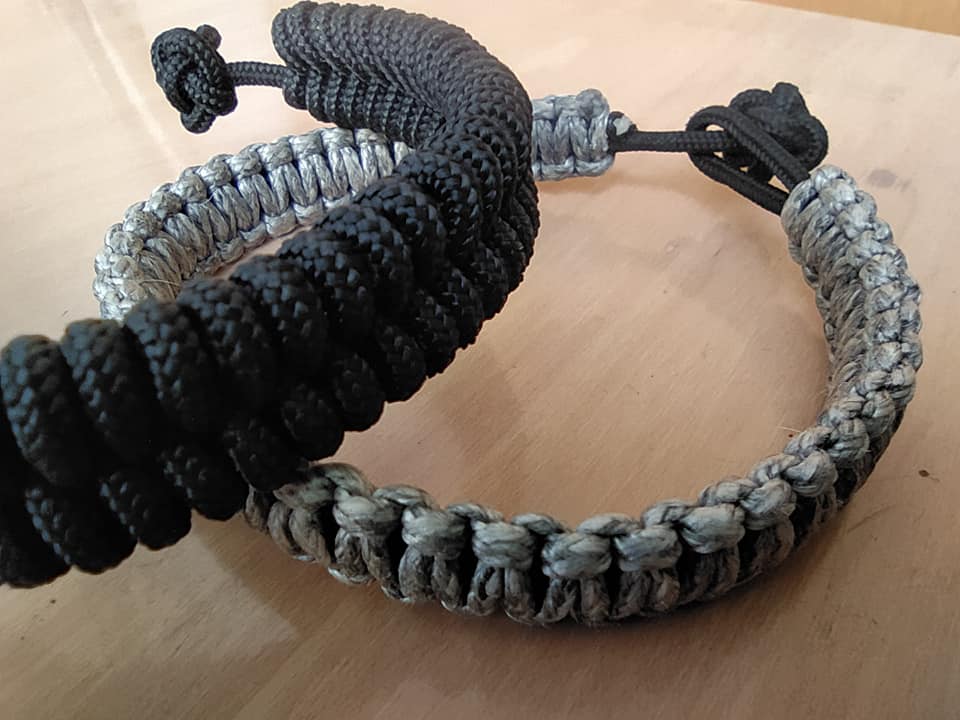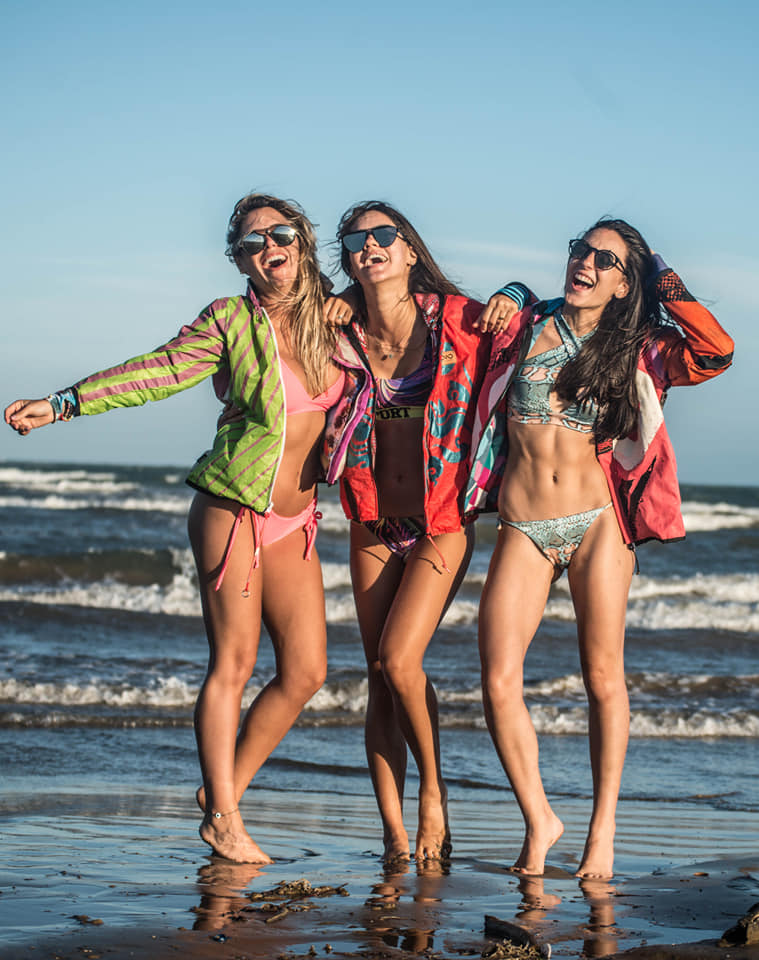
- Inspiring People -
- 4mins -
- 2,247 views
Kiteloops upcycles used kites into designer clothing
Venezuelan startup Kiteloops fuses art, design and fashion with a passion for the sea, wind and adventure, by making unique handmade garments and accessories with recycled materials from used kites.
Looping old kites into new clothes, bags and accessories
Kiteloops collect obsolete or damaged kitesurf equipment from different Venezuelan windy locations; from riders, locals and kite-schools. They then disassemble the whole kite, wash it, and then start cutting into unique, useful and creative garments and accessories.
All parts of the kite have a use, but as they are just starting out they have been focusing mainly on wearables and bags, but say there is lots of room to grow and create. Each kite has a story, a log, places visited, hours of flight and yet now it’s ready to be looped into something new for someone who a feels magnetic connection with the unique and one-of-a-kind creations Kiteloops offer.
Kiteloops is one of those modest companies we rarely encounter who seem to have very little to say about themselves. However, BrightVibes think they are worth shouting about, so we found lots of photos, some video, plus links to their: Webshop|Facebook|Instagram|LinkedIn


What’s the difference between upcycling, downcycling and recycling?
Design brand Looptworks say there are clear distinctions between the various ways we can reuse waste and other discarded materials. While upcycling and downcycling are both examples of recycling, not all recycling is considered equal.
When we convert discarded materials into something of equal or greater value, it is "Upcycled”. When a material or product is “Downcycled", it is transformed into something of lesser value.
Closing the Loop
Both upcycling and downcycling are important components of a “closed-loop” manufacturing system. That’s where the fun starts! In a true closed-loop scenario, a company owns the materials it creates forever. Any material created is collected and recycled to make the next run of products.
Imagine a world where bottled-water companies owned the bottles they made forever! For starters, there’d be less plastic in the ocean, for another, some of them would probably get out of the business entirely or reimagine the model.
Source: Looptworks













